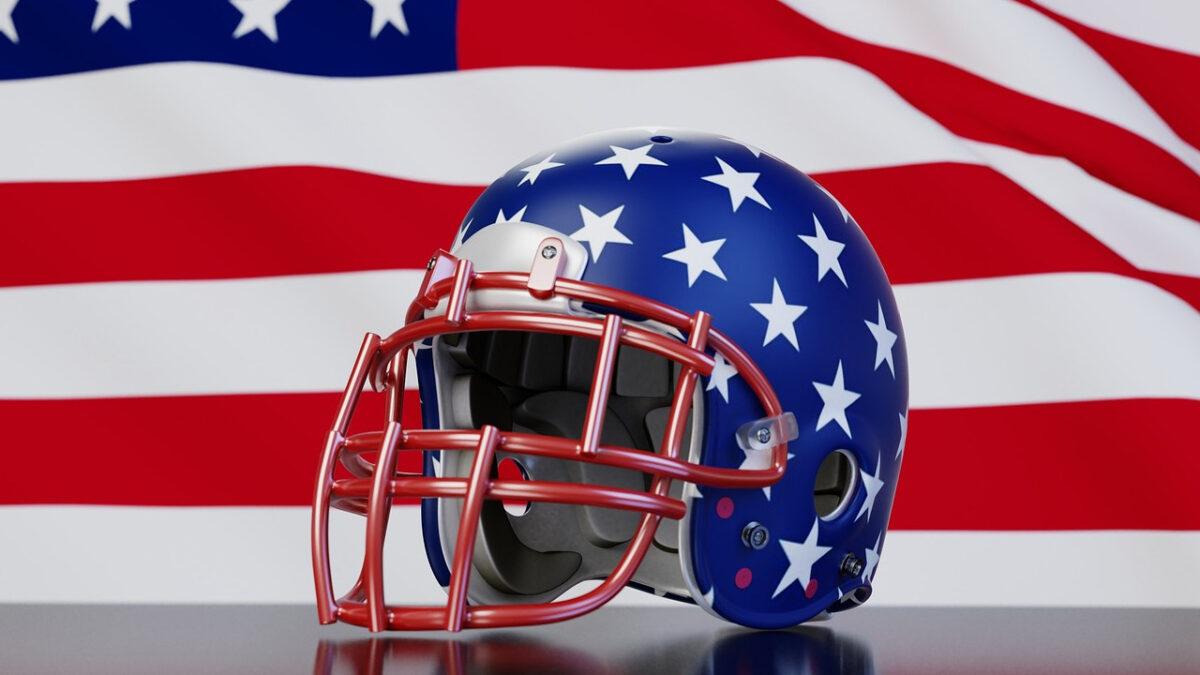Everyplace in our country from office breakrooms to the halls of Congress there has been much talk following the cardiac arrest of Damar Hamlin that was witnessed by 12 million viewers on Monday Night Football 2 weeks ago. Once again, the dangers of sport are being debated mostly by people who have never played a sport. His resuscitation and the skill of the paramedics, EMT’s, and doctors and nurses at the University of Cincinnati trauma center are to again be acknowledged and applauded as they were in my column last week. Watching a nation pray together was a great moment. I hope it is the beginning of another GREAT AWAKENING, but just like with the Great Political Pandemic science is being replaced with scientism which is a belief that the investigative methods of the physical sciences are applicable or justifiable in all fields of inquiry. The discipline of the scientific method is designed to answer a simple question (hypothesis) with one variable being examined and controlled, but it does not provide a mechanism for the extrapolation of data from one experience (experiment) to another.
Data is not science—it is a tool of science. Empiricism (observation) is not science—it is a tool of science. Complex questions with many variables cannot be addressed by science alone. Individual risk can be informed by science, but in the end, it is a very personal proposition. It is common for two “scientists” to view the same data differently. Retrospective analysis, metanalysis by trying to combine data from individual experiments is fraught with hazard. In today’s Wall Street Journal in an article written by Josh Zumbrun entitled INJURY SEVERITY NOT RATE SETS FOOTBALL APART Mr. Zimbrun very nicely tries to provide context and perspective regarding the issue of sports injuries at all levels. Before I begin my discussion, I would like to warn everyone that Plato’s fallacy of proportion—what is true of the whole is not true of the part (remember the blind man and the elephant) applies to the extrapolation of group risk to individual risk. And in the end the decision to play a sport either for oneself or for a parent to make on behalf of a child requires wisdom as well as data. A parent may have a child who is not physically capable of playing a sport and in the same family there may be a child who would thrive and grow playing the sport.
Mr. Zubin reviews data from professional college and high school sports databases. One interesting piece of information is that the rate of concussion in high school in 2015 was higher for girls’ soccer than for boy’s football. Across the board, across all parts of the body and organ systems the rate of injury was lower in football than in other sports—even in head and neck injuries though the severity for concussions was greater for football but still very low. The article did not mention girls’ gymnastics or high school cheerleading which both have extremely high risks of injury—higher than football.
Context and perspective are the bases of “wisdom” which is required when complexities are evaluated. I taught for 22 years at the Defense Medical Readiness Training Institute at Ft. Sam Houston in San Antonio with a lady neurosurgeon who was a participant and peer reviewer(see any conflicts of interest in that set-up) of the ongoing NFL Concussion study which included retrospective analysis and contemporary evaluation of NFL players who had been concussed during their careers. Post-mortem histologic brain analysis has been an often-reported part of the study, but according to my friend it is the most problematic, because over 50% of the brains studied were in patients (former players) who had either been involved in other traumatic events—accidents and fights off the field, or had issues with drug or alcohol abuse that could have contributed to their physical and post mortem pathologic findings.
So, I asked her the question—If you had a son who wanted to play football would you allow them to do so? Her answer was both scientific and wise: “I have two grandsons, one in high school and one in college. They both play varsity football”. She went on to say, and I paraphrase, that there are plenty more dangerous activities for our young people to engage in. Maybe going out on a Friday night and drinking or smoking dope is more dangerous. (Context—perspective—wisdom). And then she finished with an idea and attitude that I think is even more important than the data: “The life lessons they learn from competition and specifically athletics farout weight the risks—long term or short term”. She ended with another thought stated in jest but maybe not completely so: “I would very much discourage my grandsons from competing in girls’ gymnastics or being a girl cheerleader—far too dangerous” A crusty tough woman who grew up and was educated in the day when only 5% of medical school classes and 1% of neurosurgery training programs included women. What she went through to become who she was is an example of “fire tempering steel”. We need more scientists and experts like her informing us how to assess our own individual risks—not telling or coercing us what to do.
Our Covid experts in Idaho and at the National level spent all their time worrying about the short-left hand side of the bell shape curve. In evaluating the limited data in front of them they tried to mitigate short term risk at the expense of long-term risk. Scientism replaced science and opinion and emotion replace WIDSOM. There are certainly more “experts” in our world today than there are wise people. Context and perspective come with an understanding that a short-term risk may come with a long-term benefit.


